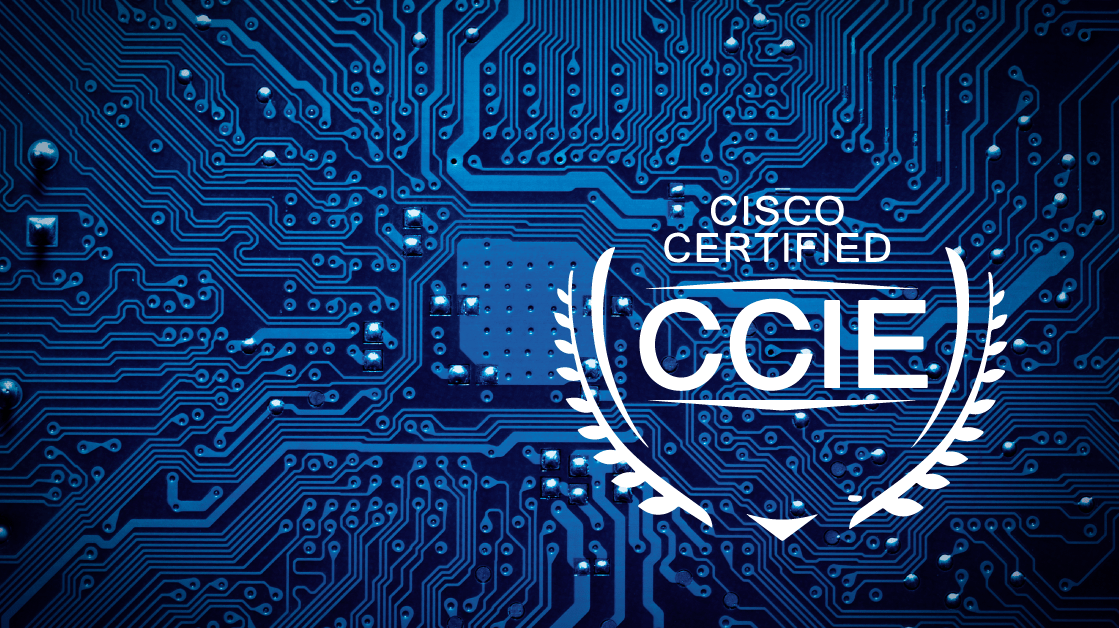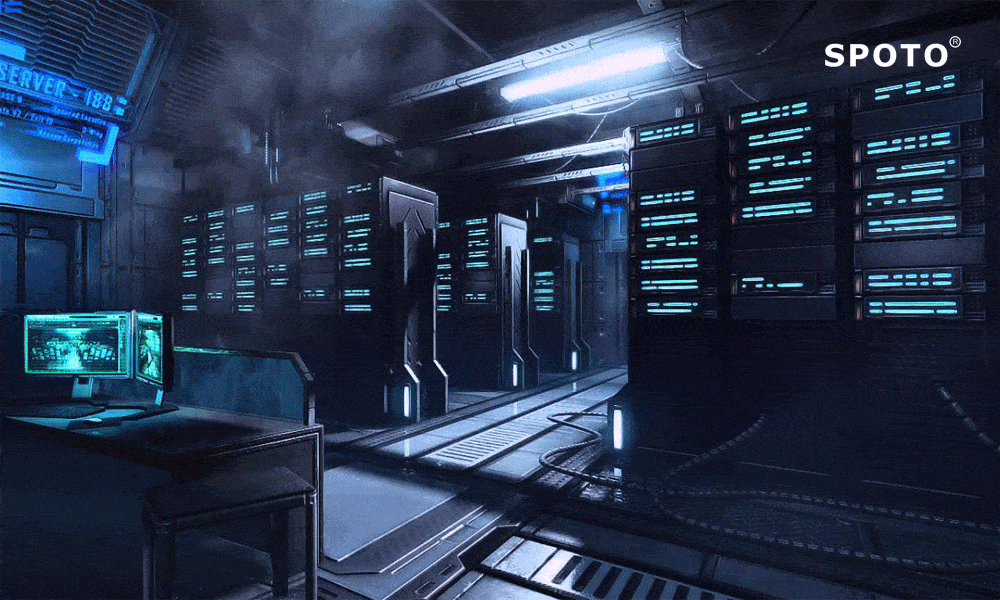CCIE Wireless lab dumps
SPOTO Club
2024-01-18
Cisco MSE is a pre-built software solution that comprises one or more VMs (virtual machines) that are updated, packaged, maintained, and managed as a single unit. Cisco MSE is distributed as OVA (Open Virtual Appliance) for installation on a virtual appliance and as an ISO image for installation on a physical appliance.
Cisco MSE acts as a platform, physical or virtual Cisco Mobility Services Engine [MSE] appliance, so as to deploy as well as run the Cisco services. If you wish to have a good hands-on MSE Appliance Installation process, you would be able to do that, by joining the SPOTO.
Limitations for Installing Cisco MSE in a VMware Virtual Machine
Map size must be less than 5 MB in Prime Infrastructure of Cisco.
There must be less than 1000 access points on a single map.
The Mobile Application Server and Wireless intrusion prevention system (wIPS) are not available.
A common NTP server must be used to synchronize the time.
SMTP (Simple Mail Transfer Protocol) Mail Server name, as well as an authentication mechanism, must be used for the Cisco CMX mail notification system.
Cisco CMX 10.2 doesn’t render any data on Cisco Prime Infrastructure maps. In order to allow client display in Cisco Prime Infrastructure 1.4 or later, a parallel Cisco MSE 8.0 is also going to be required.
Cisco MSE Virtual Appliance Deployment Checklist
Cisco Wireless Controller would be having IP connectivity to a Cisco CMX instance.
Cisco Prime Infrastructure would be having IP connectivity to a Cisco CMX instance.
Port 16113 is considered routable from Cisco WLC to the Cisco CMX IP address.
Port 161 for SNMP [Simple Network Management Protocol] traffic is routable from Cisco WLC to the Cisco CMX IP address.
SSH client to log in with the root access to the VM present there.
An SCP (Secure Copy) client, on MAC native or on the installed on PCs, or an SFTP (Secure File Transfer Protocol) exists so as to move files into Cisco CMX OVA, specifically, map files as well as images to upgrade.
Installing a Cisco MSE Virtual Appliance:
After the Cisco MSE is going to be deployed, you would be able to install and configure a Cisco MSE virtual appliance. Note the following points:
Cisco MSE doesn’t have a node install menu. However, there is a first-boot script which would be checked if a configuration exists on the device. If the script doesn’t find a valid configuration, it would be launching the setup routine and initiates network configuration tasks utilizing the CLI, followed by initial setup tasks on the browser.
The new first-boot script would be determining if the initial configuration is completed and then displays the normal login prompt. If the initial configuration isn’t completed, the default login prompt would be displayed.
Creating New Virtual Machines Using Hyper-V Manager:
You would be now able to run Cisco CMX on Microsoft Hyper-V virtualization hosts. This would also enable you to use Cisco CMX on virtual machines utilizing any Hyper-V capable host which would be running Windows Server 2008 R2 or later. You could be creating a new virtual machine using Hyper-V Manager application. Ensuring to specify 24 GB of memory or even higher when creating the virtual machine in Hyper-V manager, as well as to subsequently increasing the processor count for the virtual machine to 8 vCPU or higher before starting the new virtual machine.
Installing Verifying Cisco MSE in a VMware Virtual Machine:
You would be able to verify the overall system health as well as the status of the Cisco MSE services utilizing the System tab in the Cisco MSE user interface. Ensuring that all the services, memory, as well as CPU, would be indicating a healthy status (green) for each Cisco MSE as well as Cisco CMX node and that there would be at least one active Cisco WLC.
For more information, join SPOTO to gain all the practice, which would help you out in the CCIE Lab Exam.
CCIE Wireless lab dumps
SPOTO Club
2024-01-17
The Cisco CCIE Wireless Lab Exam would be about eight-hour long, hands-on exam which are going to be required by the candidates to configure, diagnose, as well as troubleshoot a series of complex network scenarios. The candidate would be required to understand about how the network as well as service components would be interoperating, and how the functional requirements are translated into specific device configurations.
The CCIE Wireless Lab exam would be made up of two modules:
Module 1: Diagnostic Module
Module 2: Configuration Module and Troubleshooting Module
These modules would be delivered in a fixed sequence: Candidates are going to start with the Diagnostic module, which would be followed by the Configuration and Troubleshooting module. The entire lab exam would be lasting up to eight hours. The Diagnostic module is considered to be a fixed in the time limit, which is 60 minutes. If a candidate finishes this module before the designated time allowed to them, the candidate would have to wait until the 60 minutes come to an end, before they proceed to the Configuration as well as Troubleshooting module.
Module 1: Diagnostic Module:
The Diagnostic module would be focused on the skills that would be required to properly diagnose the network issues; it would be all about the act or process of identifying the root cause of the problem. The objective of this module would be to demonstrate that the candidate would be able to analyze network issues, identify, as well as describing the root cause of an issue. It can also be identifying series of events that would be leading to an issue, by correlating as well as discerning information from multiple sources like the email threads, console outputs, network topology diagrams, logs, and even traffic captures.
Module 2: Configuration & Troubleshooting Module:
In the Configuration and Troubleshooting module, the candidates would be needed to demonstrate that they could be implementing specific functionality, while respecting specific requirements and restrictions which are provided within a set of documentation. Candidates would be needed to demonstrate that they understand how different technologies and features interoperating, how they could verify implemented solutions, as well as how they actually work. The Configuration and Troubleshooting module is going to provide a real enterprise wireless network scenario.
If you are looking to pursue the CCIE Wireless Lab Exam and if you wish to have a valid CFG and TS DIAG Solutions, you could have it by joining the SPOTO CCIE Wireless Lab Solutions. Get more about ccie wireless lab dumps click here.
SPOTO Wireless Lab Solutions:
CCIE Wireless Lab Exam v3.1 Materials Content
1) Diagnostic module would have 3 sets, DIAG 1, DIAG 2, DIAG 3
2) Configuration and Troubleshooting module would have 1 set, LAB1
CCIE Wireless Lab Exam v3.1 Study Progress
At SPOTO, you could be able to complete CCIE Wireess Lab online training within 8.5 weeks if you would be practicing lab materials 3 hours per day. Tutors as well as services are going to assist you along the whole preparation. Every module which you pursue comes with workbooks, solutions, as well as videos tutorial. You could watch videos first, and later practice lab materials.
As for the lab study, videos, workbooks as well as solutions would be provided to the candidates. Videos would be able to strengthen the basic knowledge. Teacher will show about some hands-on experiments as well as make deep explanation on workbook and their solution. If you uncover doubt while practicing, teachers would have to assist you to solve the problem. After candidates finish the specific lab materials practice, the candidates would gain access to simulated real exam test. Only after testing about their success, teacher would suggest them to take exam, which in turn reduce the failure of the candidates to a minimum.
So, choose SPOTO and gain the best lab materials, which would help you out to clear CCIE Lab exams in the very first attempt.

